Can I Transplant Weigela Bushes: Moving Weigela Plants In The Landscape
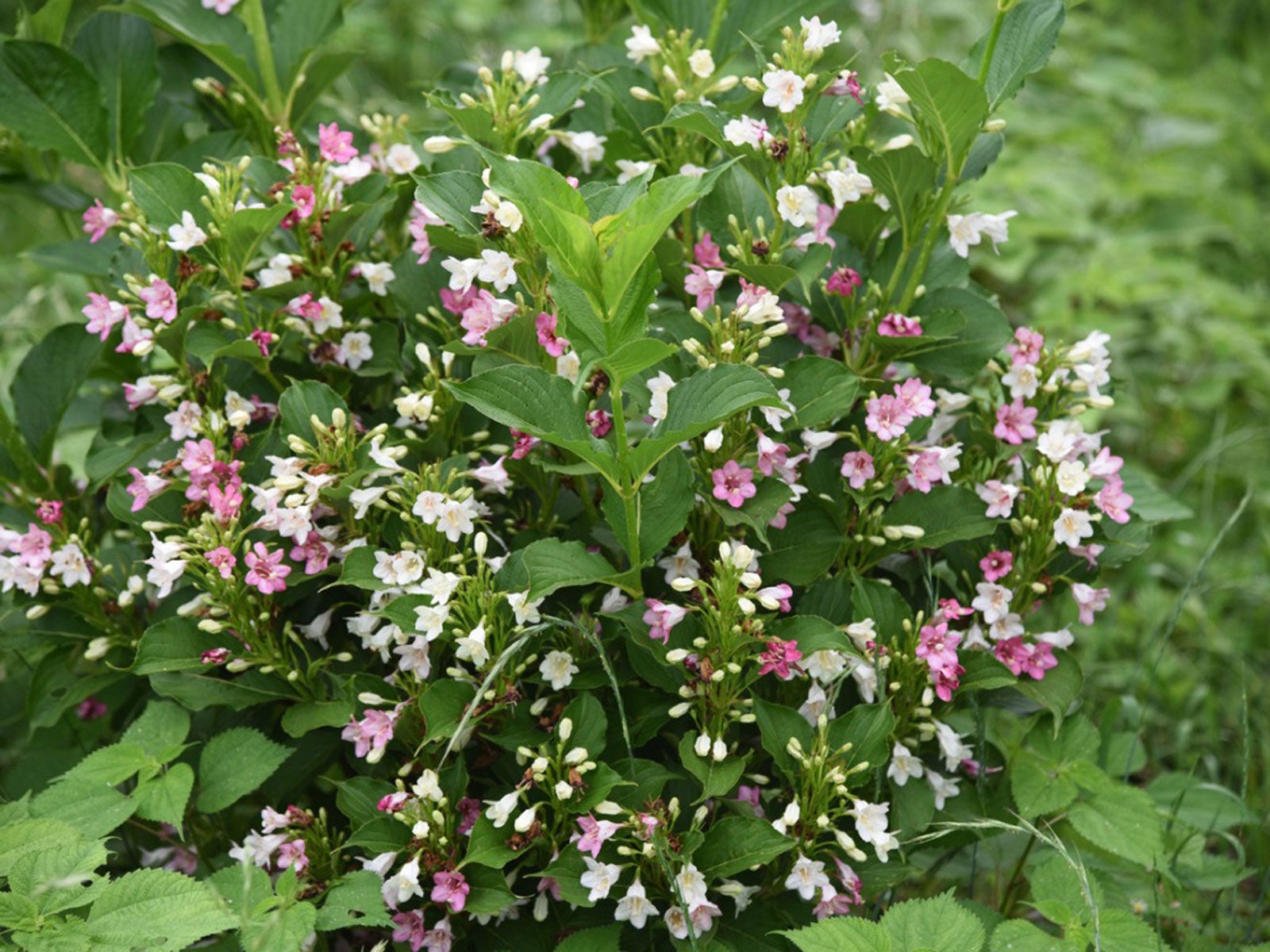

Transplanting weigela bushes may become necessary if you plant them in spaces that are too small, or you start them in containers. Weigela grows fast, so you may be facing transplanting sooner than you realized. It doesn’t have to be difficult, though. Follow these tips on moving weigela plants and it should go smoothly.
Can I Transplant Weigela?
Yes, and you should if your weigela has outgrown its location. This is a fast-growing shrub that many people plant without realizing just how soon it will outgrow its given space. To keep your garden tidy but also maintain the shrub’s good health, you will need to transplant it if it has become cramped and crowded.
When to Transplant Weigela Bushes
The best times for moving plants are when they are dormant. Avoid transplanting during the growing season (summer), which will stress the plant unnecessarily. The middle of winter may also be a problematic time for transplanting, as the soil may be tough to dig in. Instead, transplant your weigela in late fall or early spring.
Steps for Weigela Tree Transplant
Weigela grows a lot of small feeder roots, and you can’t possibly dig them all out. To help the bush cope with the loss of these feeders, do a little root pruning six months before transplanting. Use a sharp spade to dig into the ground in a circle around the shrub. Make the circle a little bigger than the root ball you’ll dig up later.
Cutting the roots at this time will force the weigela to grow a new, compact feeder system that you can transplant with it.
When it’s time to move, first choose and prepare the right spot. Make sure it will have enough space to keep growing, up to 8 feet (2 m.) tall and wide. The spot should be in full sun and with good drainage. Dig a hole bigger than the root ball and add compost.
Dig out the weigela and place it in the new hole. Add soil, if necessary, to ensure the bush is at the same depth it was previously. Fill in the hole with soil and press it around the roots by hand.
Gardening tips, videos, info and more delivered right to your inbox!
Sign up for the Gardening Know How newsletter today and receive a free copy of our e-book "How to Grow Delicious Tomatoes".
Water the bush generously and continue to water until it has gotten established in its new location.

Mary Ellen Ellis has been gardening for over 20 years. With degrees in Chemistry and Biology, Mary Ellen's specialties are flowers, native plants, and herbs.
-
 Looking For Plants To Give You The Soft And Fuzzies? Try These 5 Fuzzy Leaf Plant Options
Looking For Plants To Give You The Soft And Fuzzies? Try These 5 Fuzzy Leaf Plant OptionsLovers of texture, drama, silver foliage and tactile plants will adore these special sensory garden additions. These fuzzy leaf plant options will leave you all aglow
By Susan Albert
-
 Get Ready For A Summer Of Hummers! Grow These Full Sun Hummingbird Plants and Flowers
Get Ready For A Summer Of Hummers! Grow These Full Sun Hummingbird Plants and FlowersIf you’re lucky enough to enjoy a sunny backyard, make sure you are maxing out on your pollinator opportunities and grow these full sun hummingbird plants and flowers
By Tonya Barnett
-
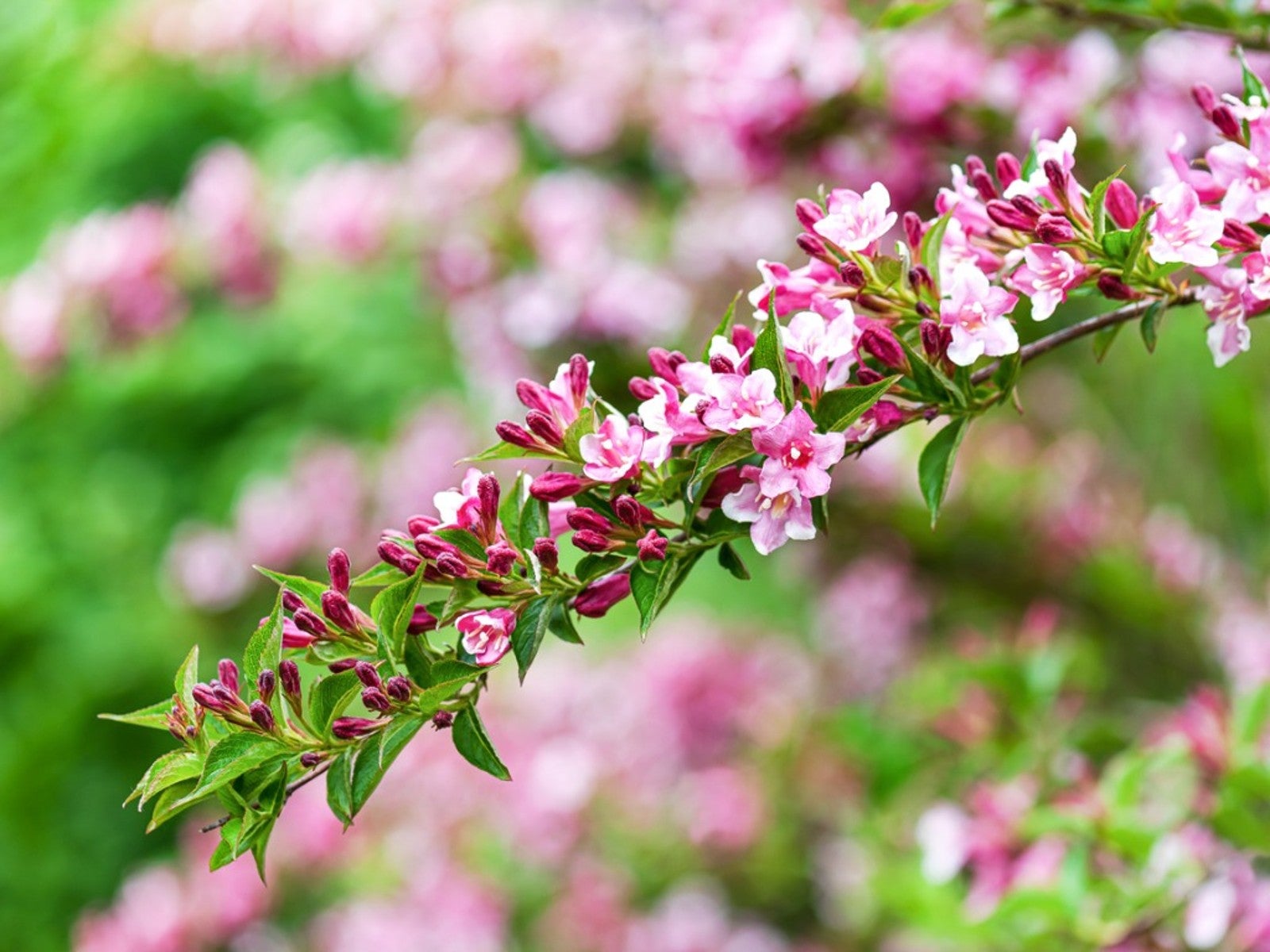 Weigela Propagation: How To Start A Weigela Bush From Cuttings
Weigela Propagation: How To Start A Weigela Bush From CuttingsLearning more about how to propagate weigela can help to multiply your plants, or to root rare or hard to find types. Read on for more.
By Tonya Barnett
-
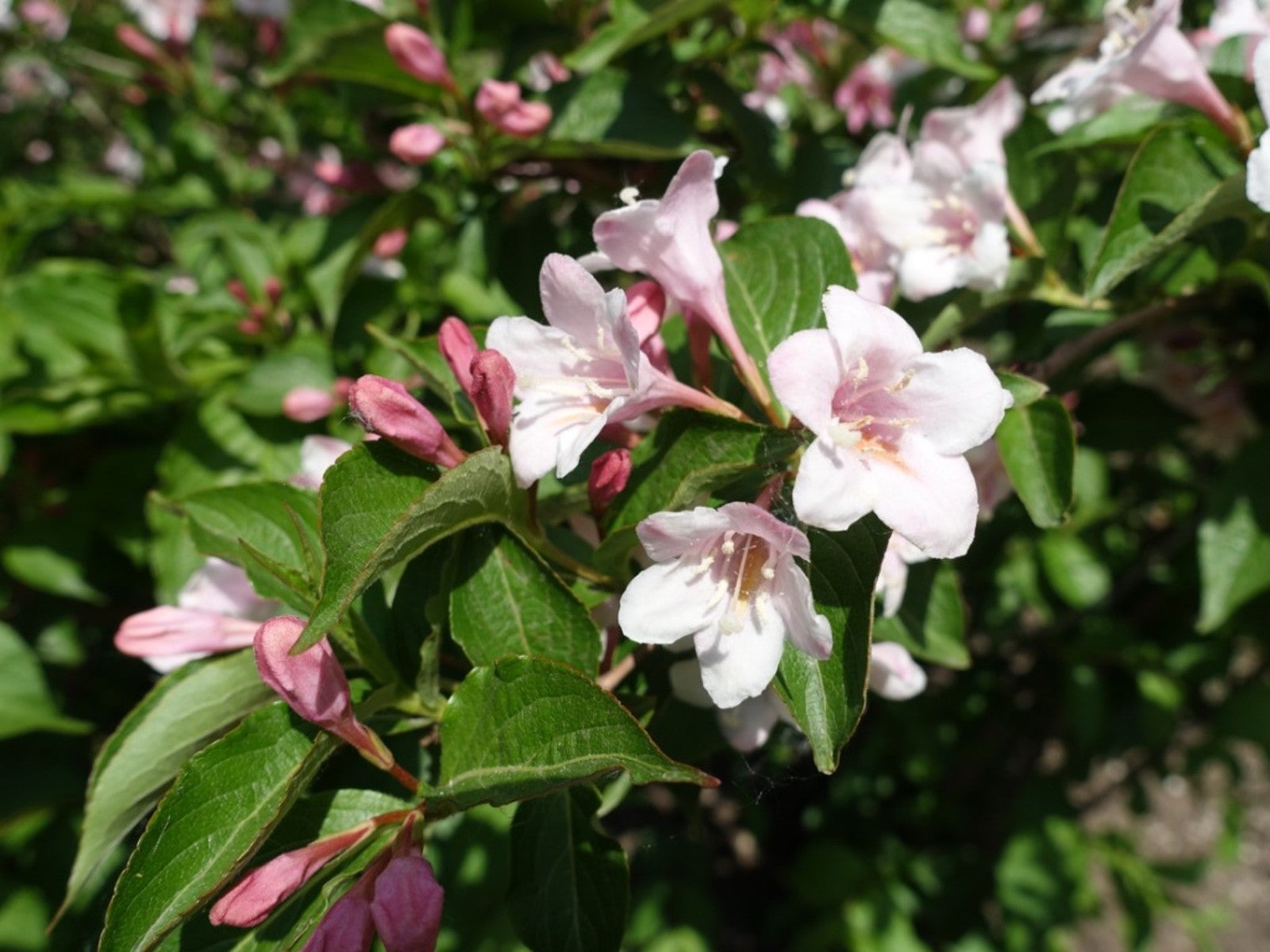 Weigela Issues In The Garden – Common Weigela Insect Problems And Diseases
Weigela Issues In The Garden – Common Weigela Insect Problems And DiseasesWhile weigela is easy to grow, gardeners occasionally find they have problems. For more information on weigela problems, click here.
By Laura Miller
-
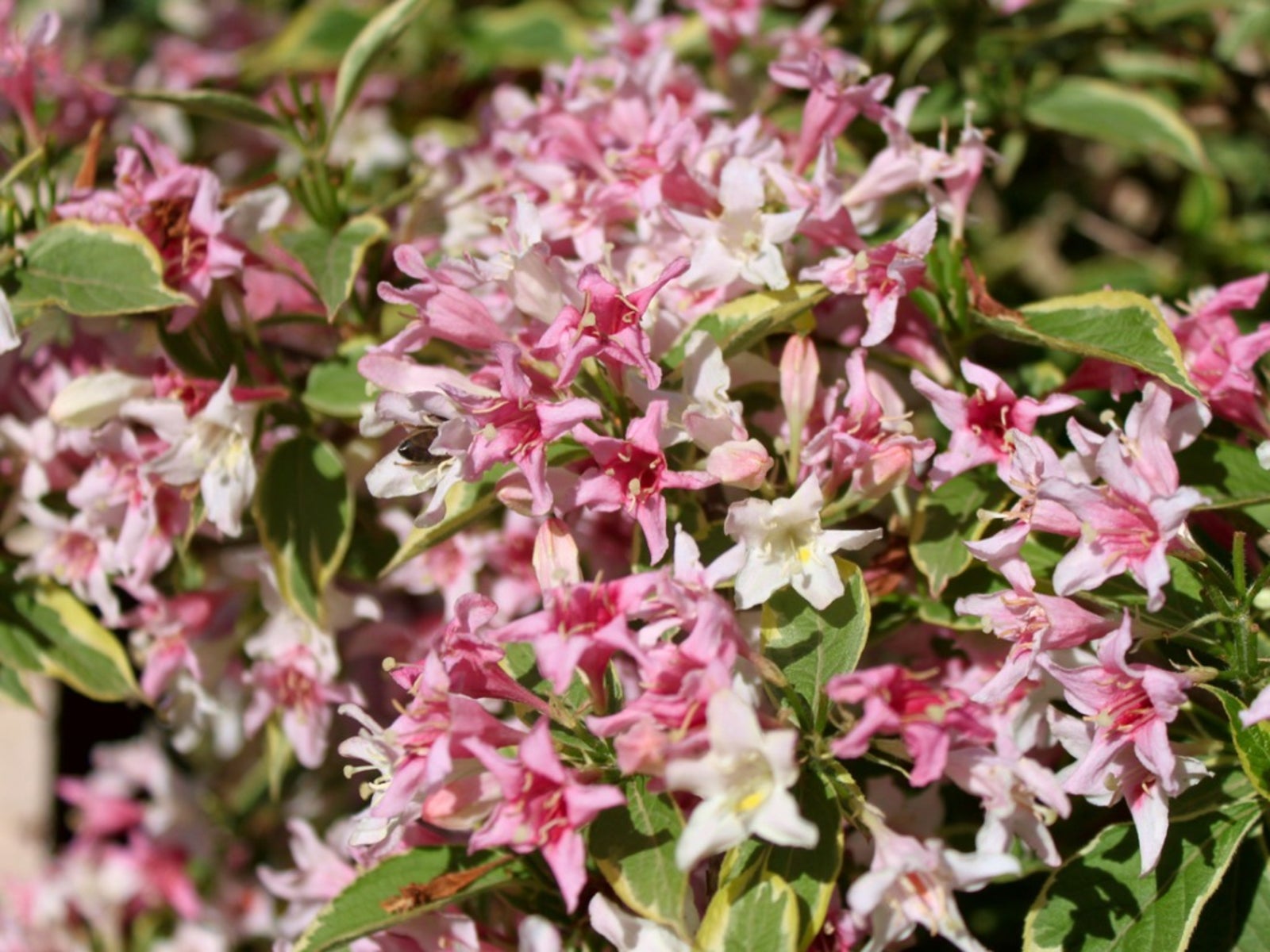 Growing Weigela - Tips On The Care Of Weigela
Growing Weigela - Tips On The Care Of WeigelaWhen you learn how to grow weigela, you?ll know how to grow a shrub valued for use as a specimen or border plant. Care of weigela is low maintenance. This article will help with growing tips and care.
By Becca Badgett
-
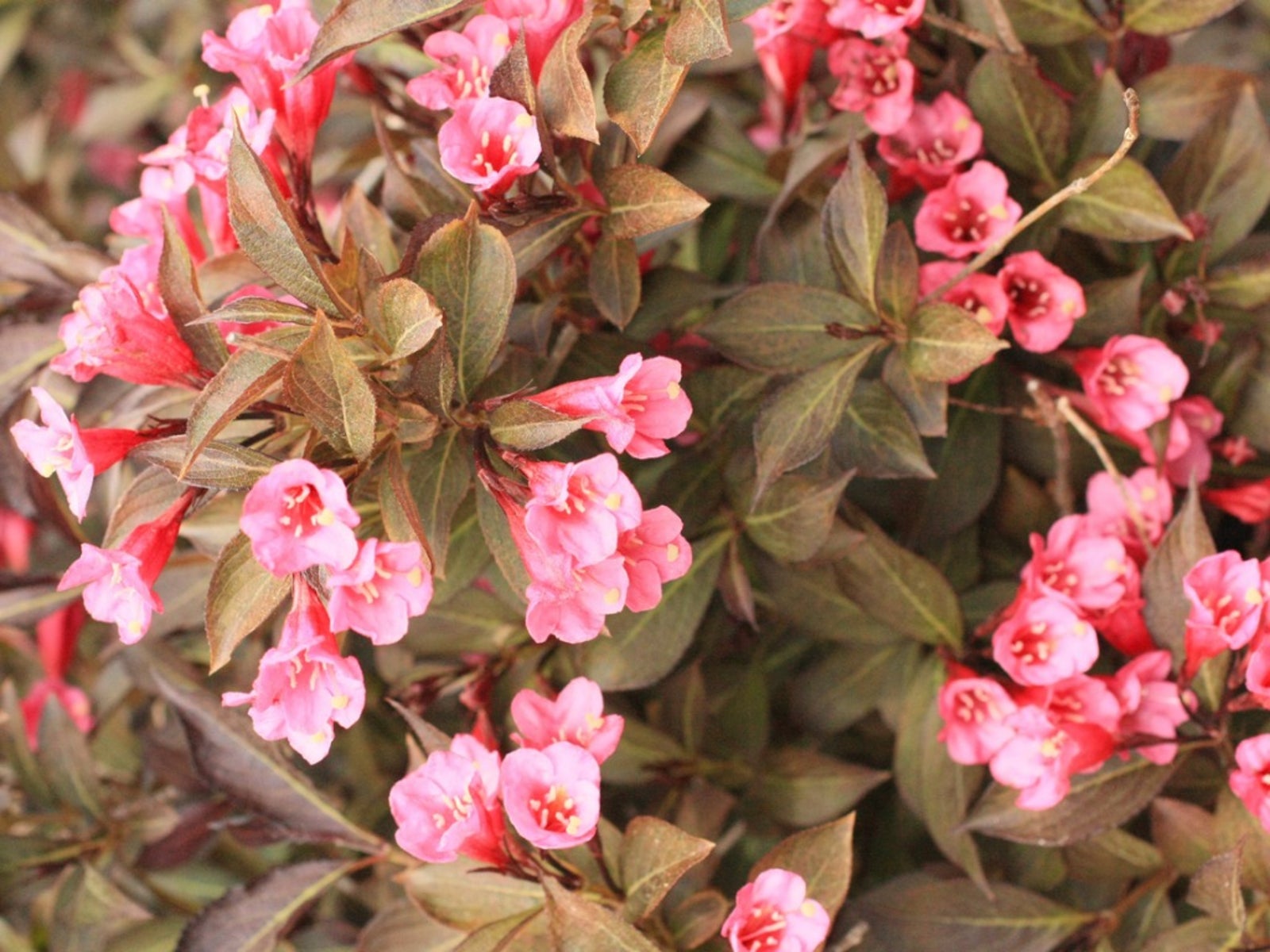 Trimming Weigela - Tips For Pruning Weigela Bushes
Trimming Weigela - Tips For Pruning Weigela BushesPruning weigelas helps keep them looking healthy and beautiful. But it can be a little confusing when trying to figure out how and when to trim weigela shrubs. This article can help with that.
By Heather Rhoades